In our literacy studies class, we formed small groups to discuss John Szwed’s “Ethnography of Literacy” and UNESCO, Defining Literacy. While sharing as a class we discussed questions like: 1) What exactly is literacy? 2) How do you define reading and writing in a classroom? 3) What would a school define as successful or helpful reading/writing? 4) How can you test literacy successfully as a future teacher?
UNESCO makes the point that literacy is a skill that can be measured, while Szwed’s piece discusses that schools may wrongfully put too strict of a term on “literacy.” My classmates and I discussed that literacy is not just knowing how to read or write: literacy is something much deeper than that. Literacy is a difficult term to measure and we debated the range on this seemingly simple term. Literacy is something that connects human beings universally. It is one of the many steps of communication. The ability to read, write, comprehend, analyze, and imagine is a tool the mind needs to feel confidence, safety, and stability. This is the value of education: it attempts to furthers people’s minds.
My classmates and I debated over the necessity of being literate, what literate means, and what normal citizens really need in terms of their literate ability in everyday life. Szwed suggests a new way of thinking about how we might study literacy. He disagrees with strict surveys and harsh standardized testings, and my classmates agree with most of Szwed’s ideas. Szwed states, “It is not only the single standard that we must question, but also the assumption of a single learning progression” (426). In our class we believe there should be a different way of testing our students. Szwed and my classmates believe we should test people’s literacy in their everyday lives, not sitting in a classroom, bubbling in silence. More observational studies should be done to test literacy. For example, a plumber does not need a doctorate degree to fix a toilet, but neither person is lesser than the other. It seemed as though my classmates agreed that being “book smart” does have value, because it creates more educated and well rounded citizens, but the term “literate” in schools is held in too strict of standards. My classmates and I agreed that literacy should be tested differently in our education system. We learned there is not a “literacy crisis” – because most everyone that graduated high school can read, write, and basically function with their abilities to understand street signs and other basic common knowledge.
Szwed’s article is a part of the literacy research “canon,” which my classmates unanimously agreed was a waste is today’s classrooms, when it comes to showing kids the same books as their parents read. My classmates and I agreed that new novels and different types of literary work should be offered in classrooms. We agreed that it is not fair to hold all classrooms to the same novel. We agreed as future teachers we do not want our students to read the exact same things we read and their grandparents read. Szwed is a huge part in how people view literacy research today. Szwed and my classmates agree that there needs to be different ways to test a person’s literacy abilities.
UNESCO seemed to describe literacy as a measurement of knowledge and accumulated skills that benefit the culture that someone belongs to. UNESCO’s views on literacy was more concrete and strict than Szwed’s views and that is why I believe my classmates and I agreed with Szwed’s piece more. He, and my classmates agreed with his idea that literacy is changing, and the ways we used to see it are becoming outdated. In class we discussed the canon and agreed that it was an outdated way of teaching. Overall, we discussed how we felt about literacy testing as children, and what we want for our future classrooms. We discussed the value or lack of value of different kinds of literacy testing in the classrooms. My take away from our class discussion is that students in school today need different ways of being tested for their literacy abilities. I value novels in the classroom, but do not agree with having similar novels in every school in America (like the canon). Each child is different and should be pushed to read, just seriously read anything.
Author: Sydney Swain is a junior, hoping to become an elementary school teacher. She works in the Office of Admissions at Chico State as the Assistant to the Office Manager and Director. She enjoys her job because it is challenging. She is an outgoing, happy woman.

 Hello! Welcome to Introduction to Literacy Studies. This site is where you will find our syllabus, assignments, calendar, readings, etc.
Hello! Welcome to Introduction to Literacy Studies. This site is where you will find our syllabus, assignments, calendar, readings, etc.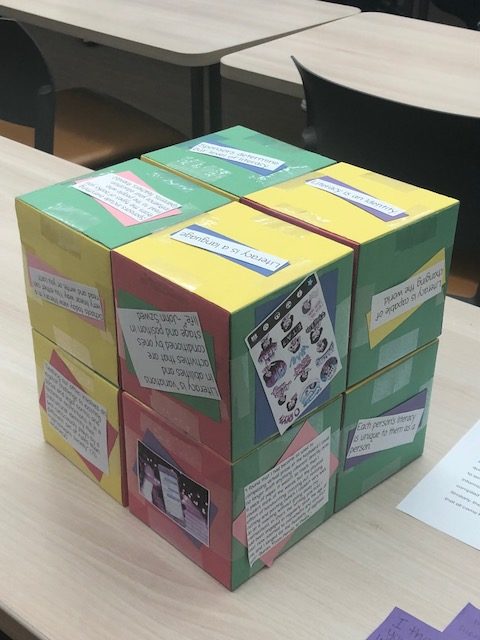
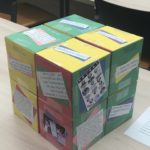
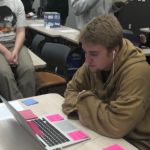
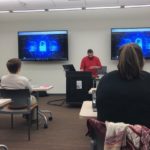
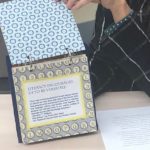
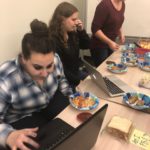
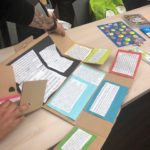




 Website:
Website: